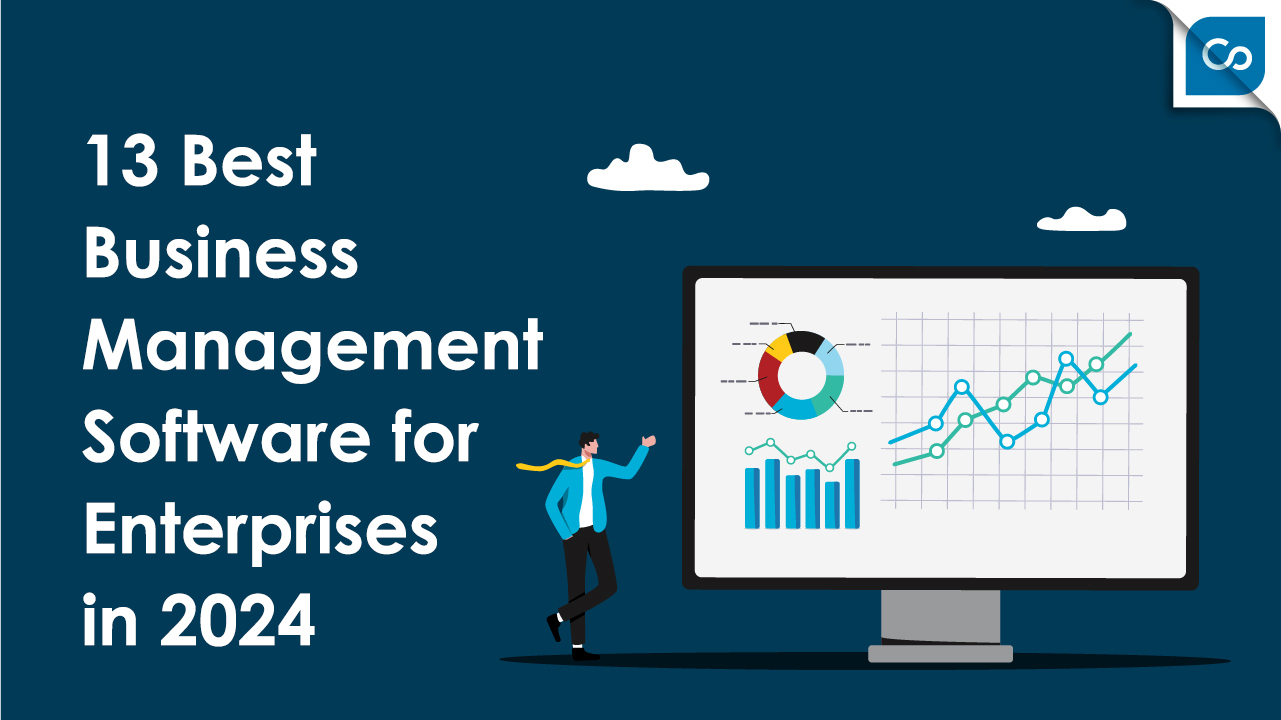An asset management software is a powerful tool that helps organisations in managing their assets and streamlining the audit process. It provides an efficient way to store, track, and analyse all the information related to an organisation’s assets. As a result, you can reduce the time and effort spent on audits by getting a comprehensive view of your assets. Here’s how an asset management tool like C-AUDIT can help your business in audits.
1. Improved Accuracy
The asset management platform helps improve the accuracy of audits by providing detailed insights into asset performance, usage, and maintenance. With a cloud-based asset management tool like C-AUDIT, companies can use mobile devices for asset verification. All the data will synchronize and reflect in the records as well. It will reduce the chances of wrong data inputs, improve accuracy, and assist organisations in conducting asset audits as per the requirement.
2. Reduced Risks & Improved Compliance
An asset management platform can be used to identify potential risks associated with an asset and take preventive measures before any damage occurs. It provides clarity, visibility, and accountability when it comes to the usage and storage of your assets, as well as their physical existence in your company’s facilities. The better you can ‘see’ your assets, the more difficult it is to hide fraudulent activity.
Furthermore, an asset tracking tool can be used to generate reports that provide valuable insights into the overall performance of an organisation’s assets. You can ensure compliance with regulations and reduce risks associated with asset loss or theft.
3. Efficient Asset Tracking
An asset management tool helps companies manage their assets and conduct automated audits. It provides an efficient way to track and monitor the performance of assets. Additionally, it can provide insights that help organisations make better decisions about their investments. With an asset audit tool, companies can ensure that their assets are properly managed and monitored for maximum efficiency.
4. Custom Reporting & Analytics
Asset management software with automated audit capabilities allows for fast and custom generation of reports about your assets. In fact, once your company verifies the asset listings with their actual existence at your organisation, an asset management tool can automatically generate an audit report that’s accurate and clear, and you can easily export it in whatever format you need. This is just another way that auditing with asset management software helps make your audit easier, faster, and more accurate every step of the way.
5. Increased Cost Efficiency
Every asset is an investment, and an asset audit platform helps you determine whether you are using your investments to actually earn your company profits, instead of acting as a drain on your bottom line.
Asset audits can help associate specific costs with specific assets, which in turn empowers decision-makers to identify underperforming assets based on the cost to maintain, operate, and store them. If certain assets are generating more costs than improvements to your company’s efficiency and ability to generate profit, it may be time to retire or sell those assets. These kinds of decisions are made simpler with the help of asset management software during an audit.
6. Reduced Need for In-Person Verification
A cloud-based asset management tool is easily available on mobile devices, which means you can distribute physical audits to multiple people in order to verify assets without increasing the need for travel. This is particularly helpful for businesses with assets stored in numerous locations.
With cloud-based asset management software, assets can be verified using mobile devices and synced over the cloud. This automated process also means your employees won’t have to physically travel to assets to verify them in person. This will help you save countless hours and wasted employee effort during an audit and in the everyday operations of a company.
7. Detailed Asset Insights
An asset management tool also provides transparency when it comes to where assets stand in terms of their life cycle and overall utilisation. If you are still using spreadsheets, an asset may simply exist as the name of some piece of equipment and its projected value. On the other hand, an asset management tool can provide more information such as how often the asset is being used, how long it has been in operation, how often it has been maintained, and an estimate of how much life it has left before it will need to be retired.
Information like this helps your business make proactive decisions and forecasts about the future of your assets, instead of being blindsided by unforeseen costs when an aged asset abruptly stops working without warning and needs to be replaced, resulting in unanticipated costs and potential downtime.
Key Takeaway
Today asset audit preparation has become an intricate process with increased regulations. It is more hectic than before if you aren’t prepared with the right audit processes and procedures. Asset audit software helps when it comes to the right audit preparation as it includes complete maintenance, accuracy, and up-to-date asset records (from the start of the financial year).
An asset tracking platform like C-AUDIT is not only an essential tool for conducting audits but also supports the ongoing management of all your company’s assets. Whether you’re a small or large organisation, C-AUDIT is a flexible, cloud-based asset management solution that lets you create a workflow that makes sense for your unique needs. Request a demo or start your free 30-day trial!



